Vinyl records have seen a significant resurgence in recent years, not only as a way to enjoy music but also as a hobby for collectors. For some, it’s all about the warm, rich sound that vinyl offers. For others, it’s the thrill of the hunt — searching through crates of records at flea markets, thrift stores, and record shops to find that hidden gem. However, not all records are created equal. Some are rare and highly valuable, while others are more common and worth much less. If you’re new to vinyl collecting or want to improve your ability to spot rare and valuable records, this guide will provide you with essential tips and knowledge. Here are 10 tips how to Spot Rare and Valuable Vinyl Records
1. Understand What Makes a Vinyl Records Valuable
Before diving into specific tips, it’s essential to understand what factors contribute to the value of a vinyl record. Several elements can determine a record’s value:
- Rarity: A record’s value often comes down to how rare it is. Records that were pressed in limited quantities, especially first pressings or special editions, are usually more valuable.
- Condition: The condition of both the vinyl and its sleeve is crucial. A record that is scratched, warped, or has a damaged sleeve will be worth significantly less than one in mint condition.
- Artist Popularity: Records by famous artists or bands, especially those considered groundbreaking or historically significant, tend to have a higher value.
- Demand: A record’s value is also affected by how much demand there is for it among collectors and fans.
- Special Features: Limited edition releases, colored vinyl, picture discs, or records with unique features like autographs can add value.
Understanding these factors will help you assess whether a record is worth adding to your collection and whether it might be a valuable find.
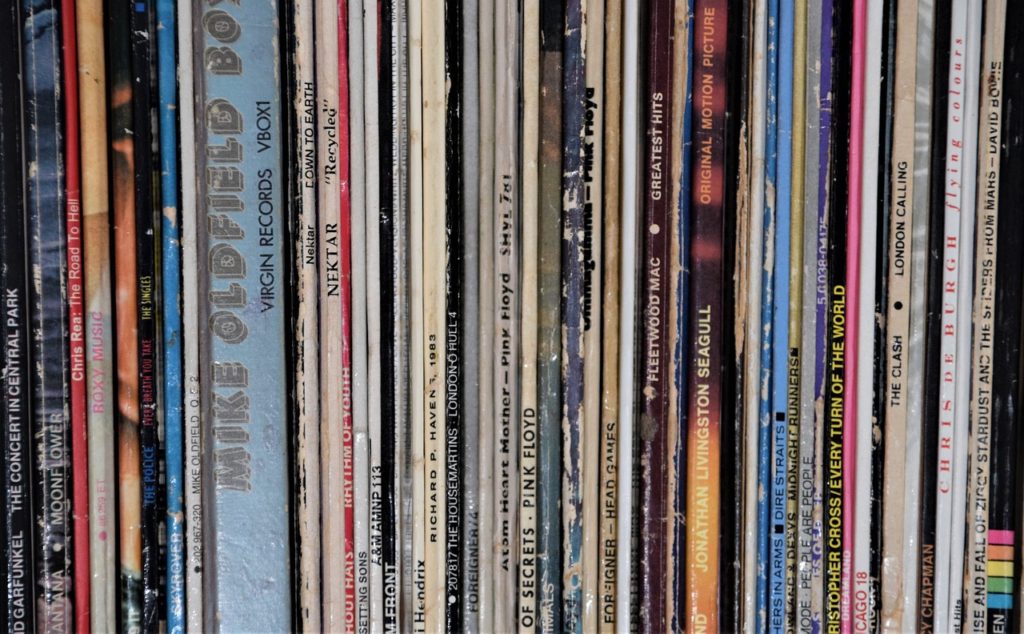
2. Learn to Identify First Pressings
First pressings are often the most valuable versions of an album because they were the first ones to be released to the public. To identify a first pressing, look for specific markers on the record itself, as well as on the sleeve:
- Catalog Numbers: Check the catalog number on the spine or back cover of the record sleeve and compare it with the number on the vinyl’s label. First pressings usually have a unique catalog number that differs from later reissues.
- Matrix Numbers: Matrix numbers are etched into the run-out groove of the vinyl itself and can indicate a first pressing. Look for identifiers like “A1” or “B1,” which often denote the first pressing. Websites like Discogs.com can be invaluable for cross-referencing these numbers.
- Label Variations: Record labels often change over time. First pressings might have different label designs, logos, or colors compared to later reissues. Research the specific album to know what to look for.
- Sleeve and Cover Details: Sometimes, subtle differences in album covers or sleeve details (such as misprints, rare artwork, or different fonts) can indicate a first pressing.
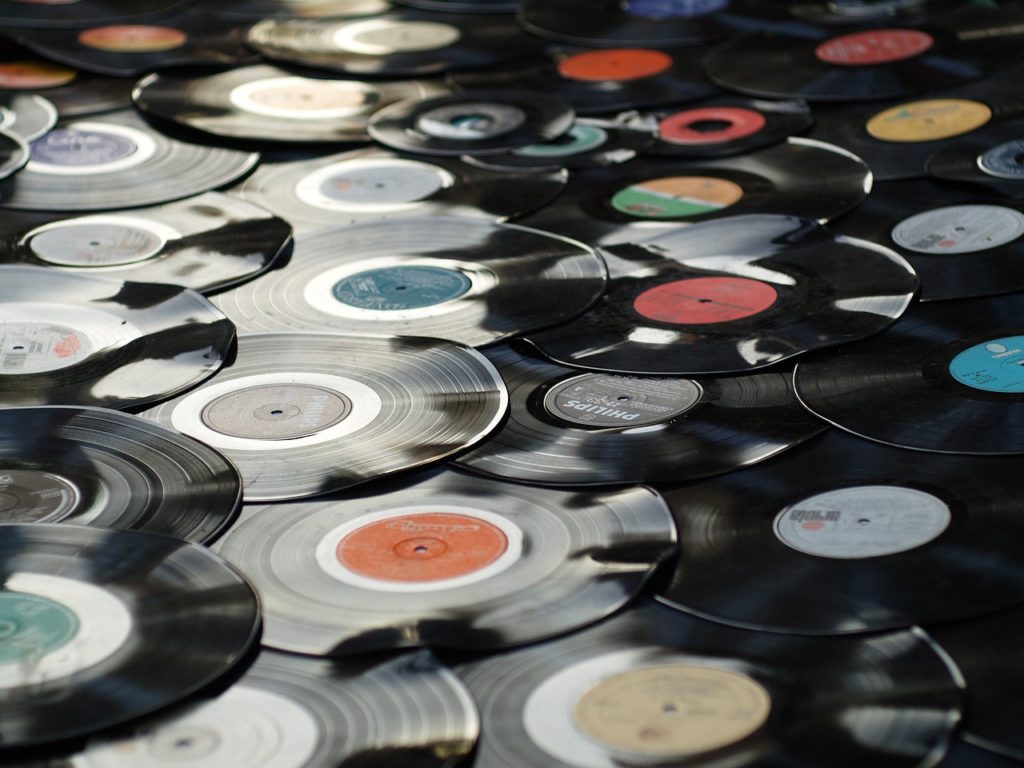
3. Assess the Condition Accurately
The condition of a vinyl record is one of the most critical factors affecting its value. The grading system for vinyl records ranges from Mint (M) to Poor (P), and each grade significantly impacts the price. Here is a brief overview of the grading system:
- Mint (M): Absolutely perfect in every way. Most records do not make the Mint grade, and even sealed records can have flaws.
- Near Mint (NM or M-): A nearly perfect record. It may show slight signs of having been played but does not affect the sound quality.
- Very Good Plus (VG+): Shows some signs of wear and may have slight scuffs or scratches that do not affect the overall listening experience.
- Very Good (VG): More noticeable wear and tear, including surface noise, scratches, and possible warping.
- Good (G), Good Plus (G+): Considerable wear and tear. The record still plays through without skipping but with significant surface noise.
- Poor (P), Fair (F): The record is cracked, badly warped, and won’t play through without skipping or repeating.
Always inspect both the vinyl and its sleeve. Small details like ring wear, spine splits, water damage, and even sticker residue can affect a record’s grade.
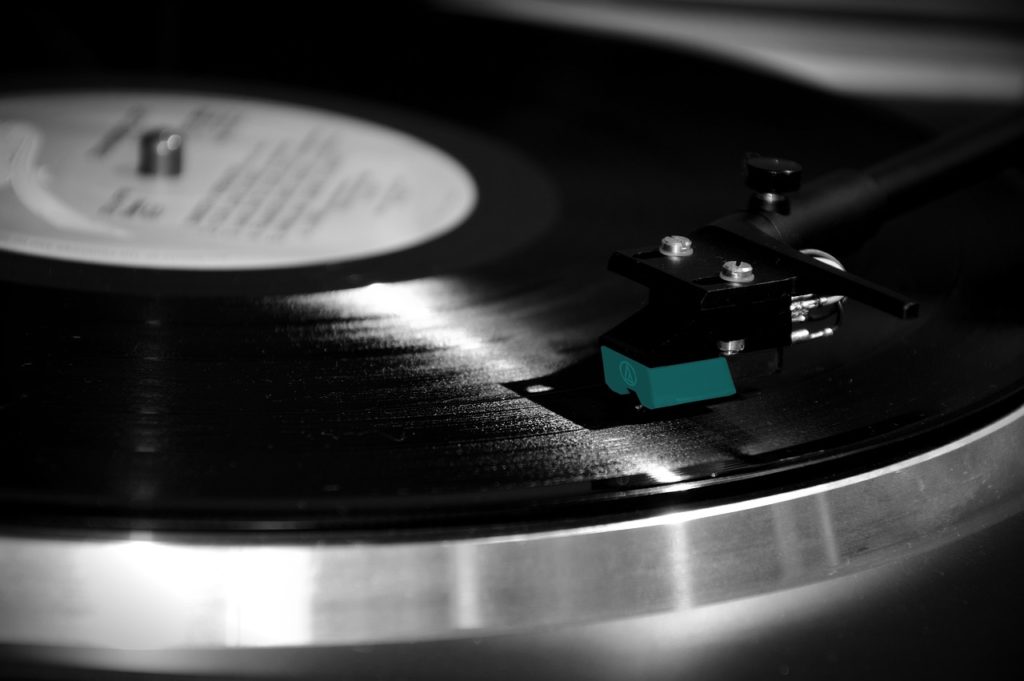
4. Know Which Genres and Eras Tend to Be More Valuable
Not all genres or eras of music have the same level of collectability. Some genres and periods tend to produce more valuable records:
- Classic Rock and Psychedelic Rock (1960s-1970s): Bands like The Beatles, Led Zeppelin, Pink Floyd, and The Rolling Stones often have highly sought-after records, especially first pressings or rare releases.
- Jazz (1950s-1960s): Original pressings of classic jazz records by artists like John Coltrane, Miles Davis, and Thelonious Monk can be very valuable, especially if they were released on iconic labels like Blue Note or Prestige.
- Punk and New Wave (1970s-1980s): Original pressings from bands like The Sex Pistols, The Clash, and Joy Division can be worth a lot due to the genre’s underground nature and limited initial pressings.
- Blues and Soul (1950s-1970s): Rare recordings from lesser-known blues and soul artists can sometimes fetch high prices, especially if the records were released on small, now-defunct labels.
- Obscure and Experimental Music: Niche genres like krautrock, avant-garde, and early electronic music can attract high prices from collectors.
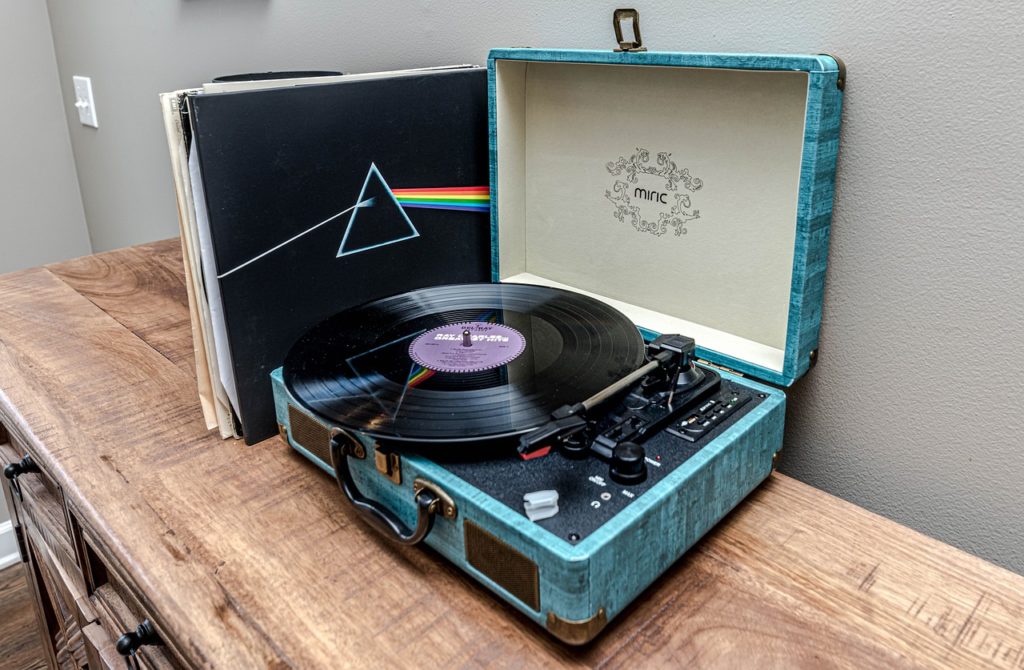
5. Learn About Vinyl Records Labels and Pressing Plants
Different record labels and pressing plants can affect the value of a record. Some pressing plants are known for producing high-quality pressings that are more sought after by collectors. For instance:
- Mobile Fidelity Sound Lab (MFSL): Known for audiophile-quality pressings that are often highly valued.
- Blue Note Records: Original pressings from this jazz label are highly collectible.
- Island Records (pink “eye” logo): Early pressings from this label, especially those from the 1960s and 1970s, are highly sought after.
Knowing the specific pressing plants and labels that produced valuable records can help you spot potential gems more easily.
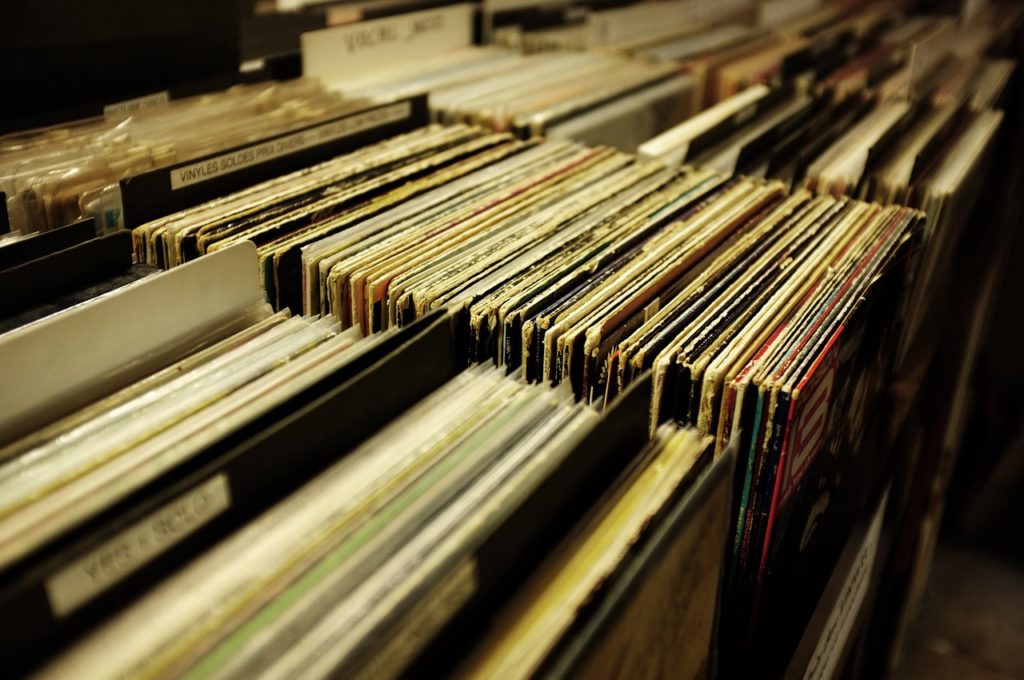
6. Be Aware of Reissues and Bootlegs
While original pressings often hold the most value, reissues and bootlegs are also part of the vinyl landscape. Some reissues can still be valuable, especially if they offer something unique, like colored vinyl, alternate artwork, or limited edition pressings. However, most reissues, especially those produced in large quantities, are generally worth less than original pressings.
Bootlegs, or unofficial releases, are records produced without the authorization of the artist or record label. These can be valuable depending on their rarity and the artist’s fanbase, but they generally do not hold the same value as official releases.
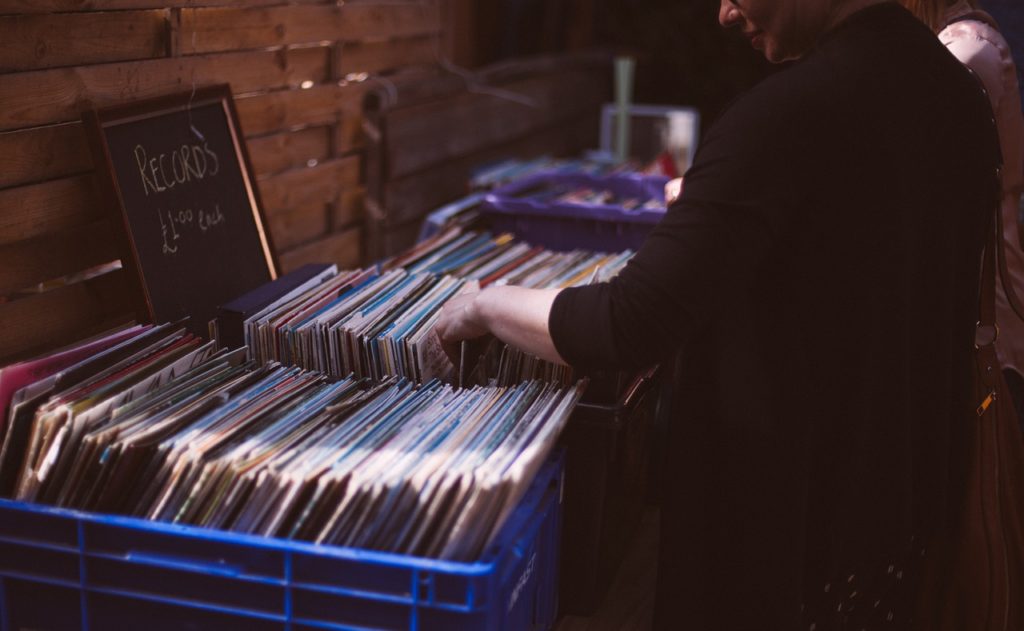
7. Research Online Resources and Use Apps
To become a more savvy vinyl collector, take advantage of online resources and mobile apps that provide information on record values, pressing details, and catalog numbers:
- Discogs: A comprehensive database and marketplace where you can look up pressing details, catalog numbers, and current market values for vinyl records.
- Popsike: This site aggregates eBay sales data to help you understand what records have sold for in the past.
- Goldmine Record Album Price Guide: A well-known resource that provides detailed price information and guidance on record collecting.
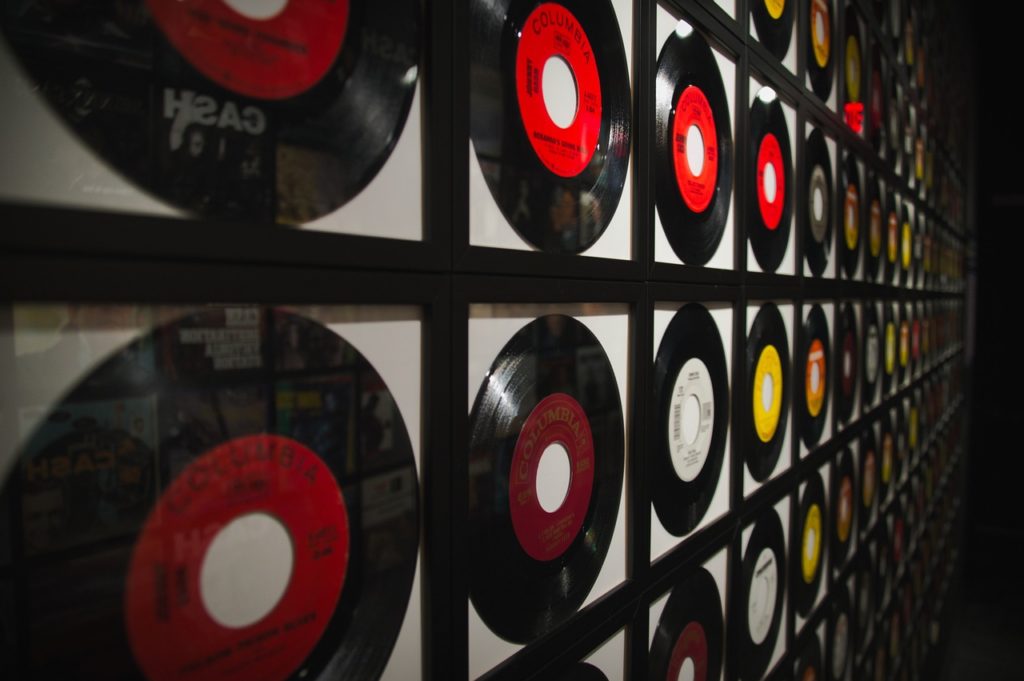
8. Network with Other Collectors and Visit Record Fairs
Connecting with other collectors can be incredibly valuable. You can learn a lot from seasoned collectors who have been in the hobby for years. Joining vinyl collecting forums, social media groups, or local record clubs can help you stay informed about trends, rare finds, and tips for collecting.
Record fairs and conventions are also excellent places to find rare records and network with other enthusiasts. These events often feature a wide variety of sellers, from casual hobbyists to professional dealers, offering a chance to find unique records and negotiate prices.
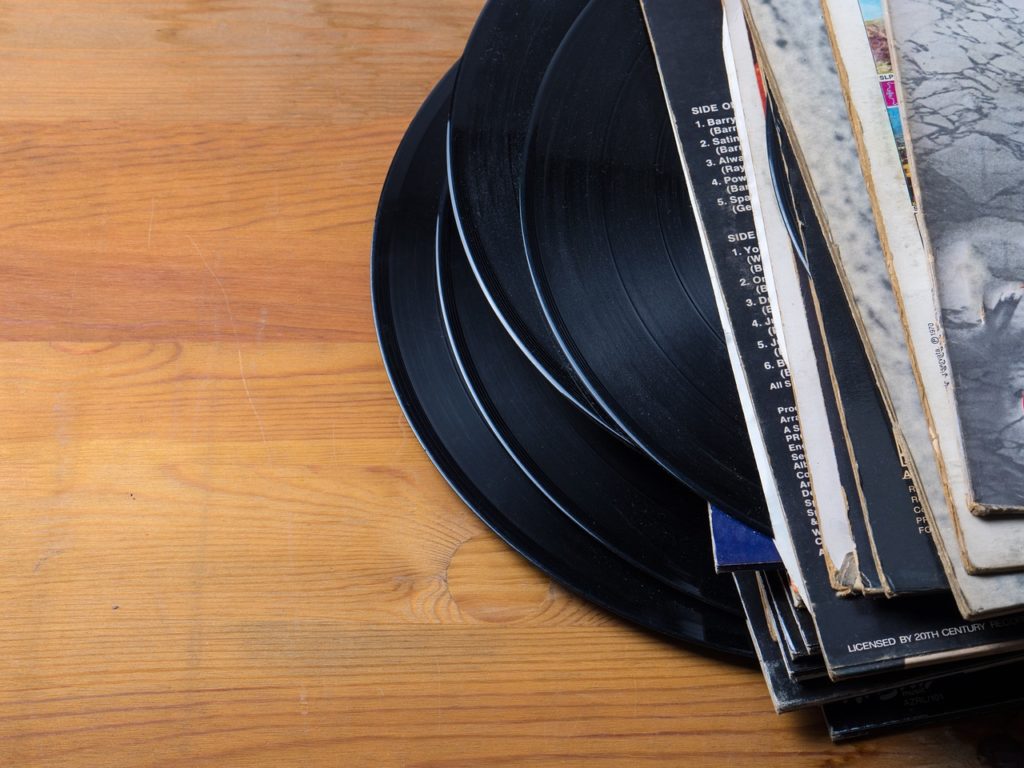
9. Check for Signatures, Misprints, and Limited Editions
Records that have signatures from the artist or come with a certificate of authenticity can be worth significantly more. However, it is essential to verify the authenticity of such signatures, as forgeries can be common.
Misprints and errors on album covers or labels can also make a record more valuable. Some famous misprints have become collector’s items, such as The Beatles’ “Yesterday and Today” with the “butcher cover” or Nirvana’s “Nevermind” with a misprinted track listing.
Limited editions, particularly those with colored vinyl, picture discs, or other unique packaging, often have a higher value than standard pressings. Always look for stickers or labels on the cover that indicate limited editions or special features.
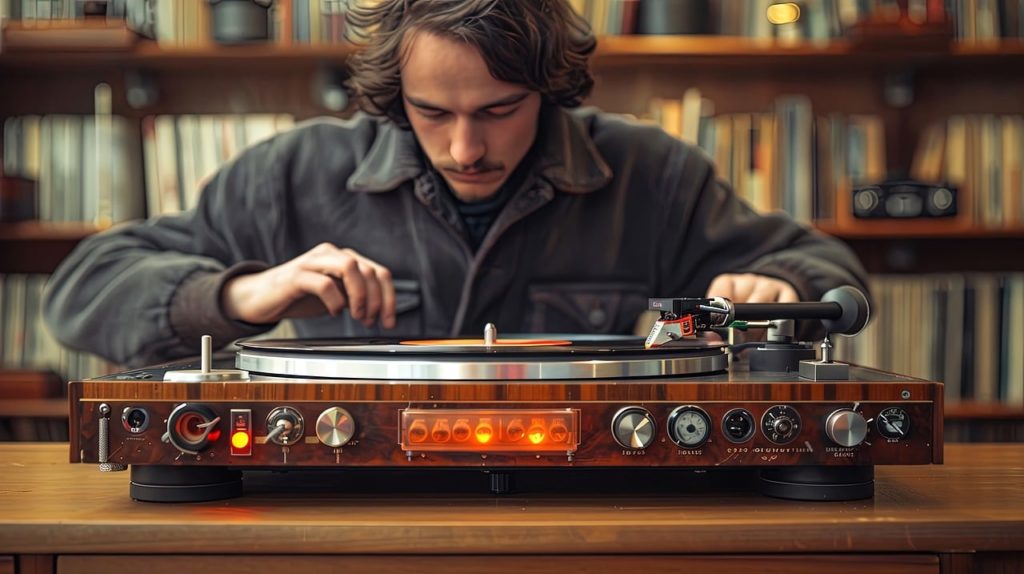
10. Trust Your Instincts but Stay Informed
Finally, trust your instincts but always stay informed. Vinyl collecting is as much about the thrill of discovery and personal passion as it is about value. Sometimes a record might not be particularly rare or valuable, but if it has personal significance to you, it’s worth adding to your collection.
By combining these tips with a genuine passion for music and an ongoing curiosity, you can develop a keen eye for spotting rare and valuable vinyl records. Whether you’re a casual collector or an avid enthusiast, understanding the nuances of vinyl collecting will enrich your experience and potentially lead to some exciting discoveries. Happy hunting!
And be sure to leave a comment with information where you can find interesting vinyl records

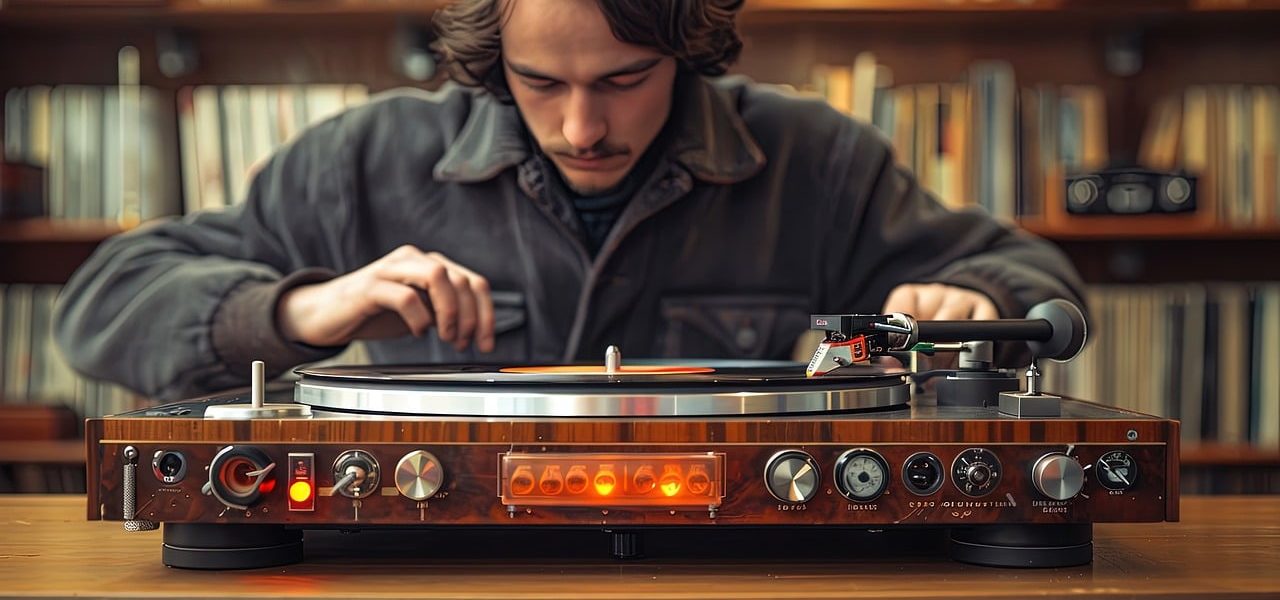
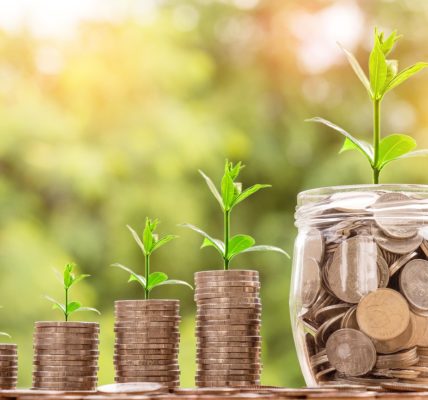










It’s really hard to find good ones. If you know any interesting places or stock exchanges, please let me know
Look for groups on Facebook, e.g. “Vinyl records sell and buy”